Prospecting & Detecting
More On Gold Indicators—What to Look For
January 2019 by Ray Mills
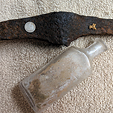 I am learning more about gold deposition in this area than I knew previously. I am passing this information on with the hope that many of you will be able to locate patches and lines a little easier in the future because of this article.
I am learning more about gold deposition in this area than I knew previously. I am passing this information on with the hope that many of you will be able to locate patches and lines a little easier in the future because of this article.
A Golden Summer
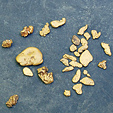 His take of gold was pretty close to what mine was—about a quarter of an ounce. We had just gleaned about half an ounce of gold in just twenty minutes.
His take of gold was pretty close to what mine was—about a quarter of an ounce. We had just gleaned about half an ounce of gold in just twenty minutes.
Searchers' Dreams
The story began in a southern Arizona mountain range...
Desert Prospecting Yields More Than Just Gold
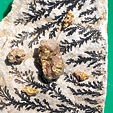 This wash was not far from where I once dug a half-ounce nugget, so I knew there was gold in the area.
This wash was not far from where I once dug a half-ounce nugget, so I knew there was gold in the area.
Prospector's Guide to Rock Breaking and Blasting
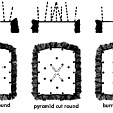 The holes were overloaded with explosives, but I didn’t know it. I was just a green mining engineer fresh out of school and told to watch as the experienced miners set the charge.
The holes were overloaded with explosives, but I didn’t know it. I was just a green mining engineer fresh out of school and told to watch as the experienced miners set the charge.
Gold Dredging on Oregon's South Umpqua
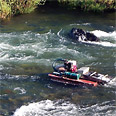 Familiarizing oneself with an unfamiliar part of the country is often a requirement of successful gold prospecting. In the pursuit of gold, it may become necessary for a prospector to branch out into new hunting grounds.
Familiarizing oneself with an unfamiliar part of the country is often a requirement of successful gold prospecting. In the pursuit of gold, it may become necessary for a prospector to branch out into new hunting grounds.
The Pothole Patch
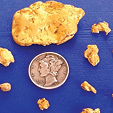 "Suh-wheet!" I exclaimed as I sprang to my feet and quickly pumped my detector coil high overhead to alert Smokey that I had just found a nugget.
"Suh-wheet!" I exclaimed as I sprang to my feet and quickly pumped my detector coil high overhead to alert Smokey that I had just found a nugget.
Subscription Required:
The Bawl Mill
• Ask The Experts - Need advice on melting gold
• Ask The Experts - Can gold be found with sugary, crystalline quartz?
• Making A Big Discovery
• The Underground Mining Adventure Continues
• Alaska Gold: Lisianski Inlet's First Bonanza
• Advancements in Non-Toxic Gold and Silver Leaching
• Route Planning Using GPS
• The Mineral Range Districts of Utah
• Gold Prospecting for Better or Worse: Stupid Is As Stupid Does
• Melman on Gold & Silver
• Mining Stock Quotes and Mineral & Metal Prices








